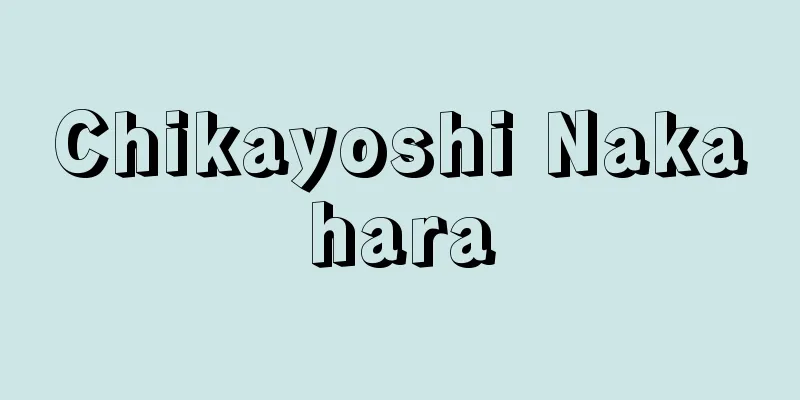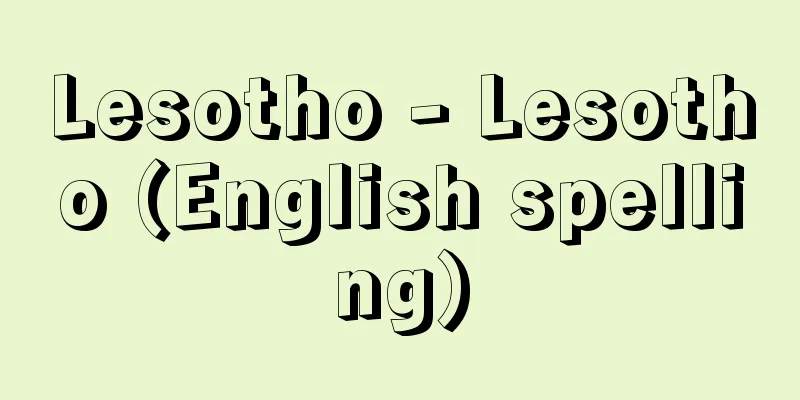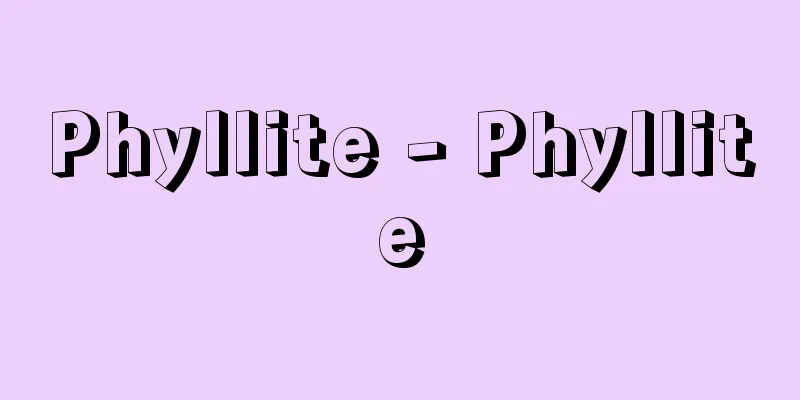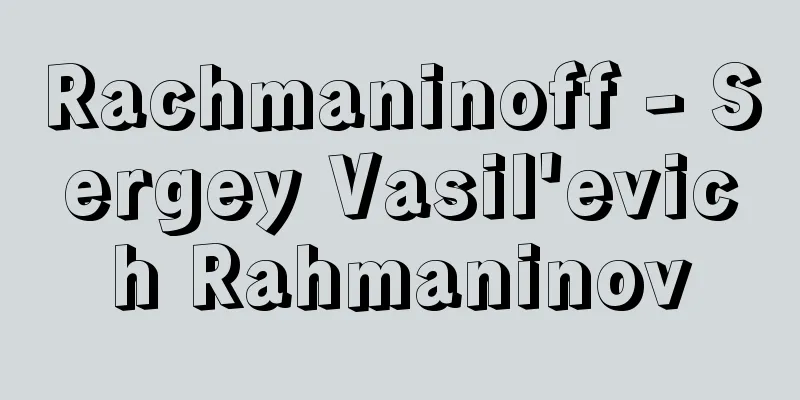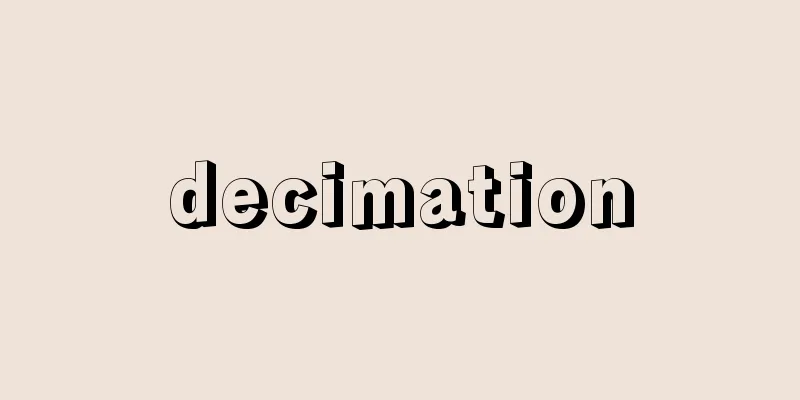Injidome - Rhyme and rhyme
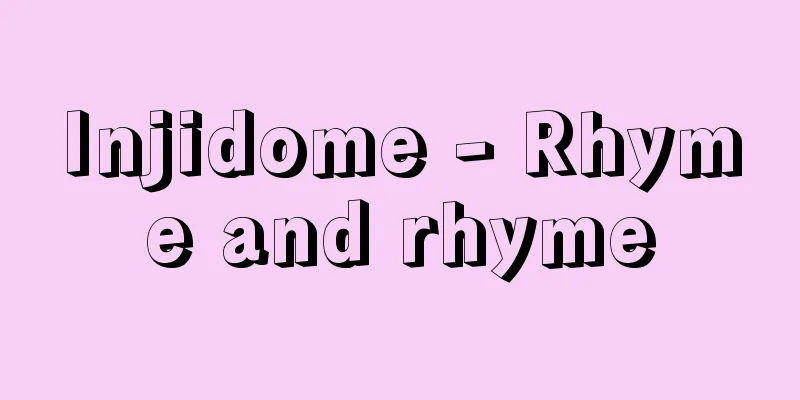
|
〘Noun〙 In haikai linked verse, the end of a verse is concluded with a word that can be written in Chinese characters, such as a noun. This was the custom for side verses. Injidomari. ⇔ Te ni wa tome. ※Haikai, Twelve Nights (around 1779), Night Story No. 3 "A man in a thin Date kimono, on young grass, is called Rou Genshi. This is written so neatly that it is called rhyme and character ending. There is no other transmission." Source: The Selected Edition of the Japanese Language Dictionary About the Selected Edition of the Japanese Language Dictionary Information |
|
〘名〙 俳諧の連句で、一句の終わりを名詞などの漢字で書き表わせる語で結ぶこと。脇句の通例とされた。いんじどまり。⇔てには留め。※俳諧・十二夜話(1779頃)夜話之三「若草に伊達のうす着の男山〈盧元師〉如此しっかりと文字にて居るを韻字留と云也。他に伝なし」
出典 精選版 日本国語大辞典精選版 日本国語大辞典について 情報 |
>>: Factor scores - Indicators
Recommend
Kaigane - Kaigane
...The Yami people who live on Lanyu (Red Head Is...
Rain fan - Amauchiwa
… [Toshiaki Matsui] [Terminology related to music...
Senegal [River] - Senegal
A river in West Africa. It originates in the Guine...
Eisanpo - Eisanpo
A town in South Korea (Republic of Korea). In 198...
Mary [I] - Mary
Queen of England during the Tudor dynasty (reigned...
electronic surveillance
…Wiretapping is the process of tapping telephone ...
Noriyuki Kaiho
...A Confucian scholar of the late Edo period. He...
Island of the Dead - Shinoshima
A full-length novel by Fukunaga Takehiko. It was ...
Montenegro - Montenegro (English spelling)
A republic located in the southeastern part of Eu...
Iida Shinshichi - Iida Shinshichi
…The head office is in Chuo-ku, Osaka City. It be...
Ogami family
...A wide range of specialized skills, including ...
Nagarjunakonda - Nagarjunakonda (English spelling)
The ruins were located on the right bank of the Kr...
Baalbek
An ancient Syrian city in the Bekaa Plateau. Its n...
Sea mushroom (Barnea dilatata) (= Barnea japonica)
A delicious bivalve mollusks of the family Psammid...
Osaka Shinkabukiza Theatre
A theater located in Namba-Shinchi, Chuo Ward, Os...

